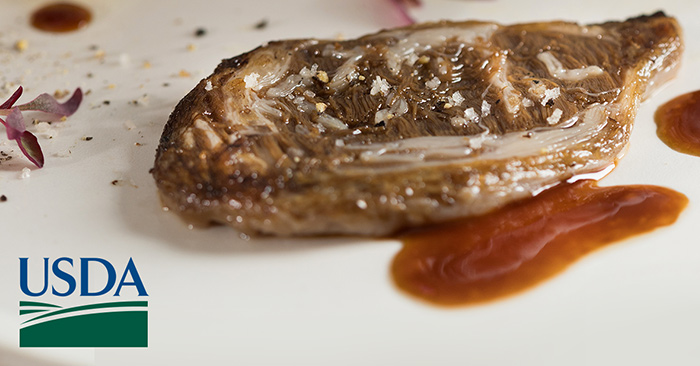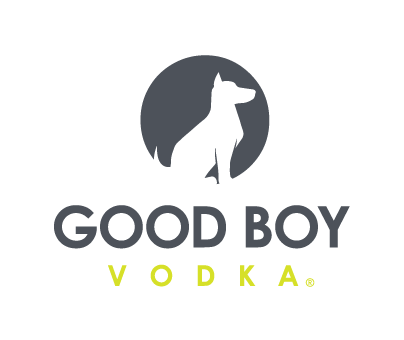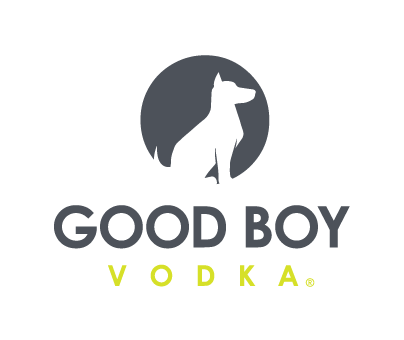USDA Seeks Feedback on Cell-Based Meat Labeling Requirements

After reaching a joint agreement in 2019 between the U.S. Department of Agriculture (USDA) and Food and Drug Administration (FDA) to regulate cell-based meat products, the agencies are now taking steps toward establishing actual labeling requirements. Earlier this month, the USDA’s Food Safety and Inspection Service (FSIS) published an advance notice of proposed rulemaking (ANPR) seeking comments from the industry that will ultimately inform the creation of the naming guidelines.
The ANPR is specifically looking for comments on consumer expectations regarding these products, names to identify the products that wouldn’t mislead consumers, economic data (such as expected price per pound of products) and consumer research surrounding labeling of cell-cultured products. Stakeholders have until November to submit comments.
“This ANPR is an important step forward in ensuring the appropriate labeling of meat and poultry products made using animal cell culture technology,” said Sandra Eskin, USDA Deputy Under Secretary for Food Safety, in a press release. “We want to hear from stakeholders and will consider their comments as we work on a proposed regulation for labeling these products.”
Along with more traditional plant-based meat alternatives that use established techniques such as extrusion and fermentation, for example, cell cultivation — the process of taking a small amount of living animal cells and growing them in a controlled environment to create cuts of meat — has emerged as an additional potential method for alt-protein production. According to the Good Food Institute (GFI), as of last year more than 70 startups were focusing specifically on making cell-based meat inputs or products. These companies include Upside Foods, Aleph Farms, Mosa Meat and Eat Just’s GOOD Meat, the latter of which made the world’s first sale of cultivated meat in December 2020 after it was approved by regulators in Singapore.
The ANPR follows the joint agreement between the USDA and FDA on March 7, 2019, to work together on regulating cell-cultured livestock and poultry products to ensure they are “safe, unadulterated and truthfully labeled,” according to a press release. The agreement was needed to avoid confusion among cell-cultured meat startups as the process involves both agencies.
Going forward, the FDA will oversee cell collection, growth and differentiation of cells, while the FSIS will regulate cell harvest, processing, packaging and enforcing the labeling of finished products. The two agencies have agreed to work together on establishing labeling principles based on their respective labeling jurisdictions, with the FDA focusing on seafood other than Siluriformes fish (catfish) and the FSIS overseeing meat, poultry and catfish.
The ANPR specifically seeks guidance on whether the product name of cell-cultured meat should be differentiated from traditional meat, what terms should be used to qualify this differentiation and whether the qualifier “cultured” is sufficient. It also posed questions whether cell-cultured meat companies should be allowed to use existing terms for meat and poultry products (like “pork” or “chicken”) as well as specific forms of meat (such as “fillet” or “steak”) , and whether the FSIS should establish a regulatory standard of identity for foods made from cultured animal cells. According to GFI, “cultivated” is the term most used by startups globally to describe these products, but the U.S. trade group The Alliance for Meat, Poultry and Seafood Innovation (AMPS Innovation) recommends the qualifiers “cell-based” or “cultured.”
Any cell-based meat products would technically already fall under FSIS jurisdiction via either the Federal Meat Inspection Act or the Poultry Products Inspection Act, which both ensure that meat and poultry products sold in the U.S. are “wholesome, not adulterated, and properly marked, labeled, and packaged,” according to the ANPR, and are not misbranded. FSIS must approve all labels of these products before they can be distributed in the U.S. due to their use of a “special statement or claim,” which includes statements not defined by regulation or policy or claims about health, ingredient processing or animal-raising.
“This will ensure that labeling for products developed using cell culture technology are not false or misleading, that labeling requirements are applied consistently as these novel products enter the marketplace, and that the label provides the necessary product information for consumers to make informed purchasing decisions,” the ANPR said.
FSIS said it has already received comments on possible labeling regulations following a joint public meeting with the FDA in 2018 as well as petitions filed with FSIS from the U.S. Cattlemen’s Association (USCA) and Harvard Law School Animal Law and Policy Clinic. The USCA advocated for “beef” to be defined exclusively as traditionally raised cattle, therefore excluding cell-cultured meat. The majority of the over 6,000 comments FSIS received on this petition disagreed with the USCA’s stance, but still supported the differentiation of these two product types via clear labeling. The Harvard petition asked the FSIS to establish labeling requirements that respect First Amendment commercial speech protections and do not require the creation of new standards of identity.
The FSIS has a history of establishing new label requirements as new methods of meat production emerge. In 1995, it established new labeling requirements and standards of identity for mechanically separated poultry. Almost a decade later in 2004, it considered developing regulations for meat derived using advanced meat recovery systems, but ultimately found that these products were comparable to meat and did not need unique labeling regulations.
The USDA has no plans to issue any further food safety regulations regarding cell-cultured meat, the agency said, stating it believes current sanitation protocols and Hazard Analysis and Critical Control Point systems are sufficient to guarantee safety.
















